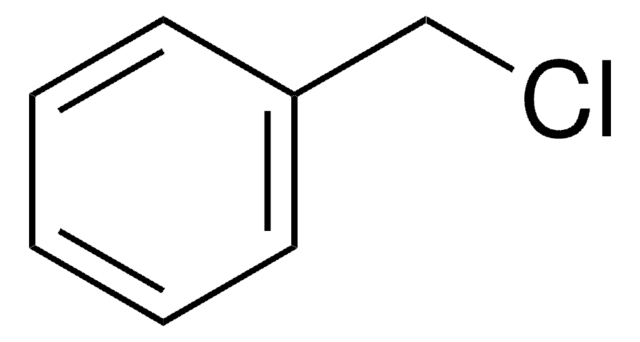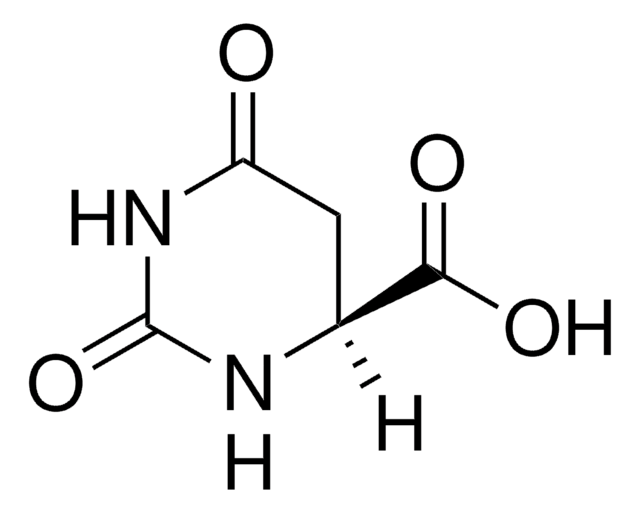119814
Sodium 2,6-dichloroindophenolate hydrate
ACS reagent
Synonyme(s) :
2,6-Dichloro-N-(4-hydroxyphenyl)-1,4-benzoquinoneimine sodium salt, 2,6-Dichloroindophenol sodium salt hydrate, 2,6-Dichlorophenolindophenol sodium salt hydrate
About This Item
Produits recommandés
Qualité
ACS reagent
Niveau de qualité
Forme
solid
Perte
≤12.0% loss on drying
λmax
605 nm
Application(s)
food and beverages
Groupe fonctionnel
chloro
imine
ketone
Chaîne SMILES
[Na+].[H]O[H].[O-]c1ccc(cc1)\N=C2/C=C(Cl)C(=O)C(Cl)=C2
InChI
1S/C12H7Cl2NO2.Na.H2O/c13-10-5-8(6-11(14)12(10)17)15-7-1-3-9(16)4-2-7;;/h1-6,16H;;1H2/q;+1;/p-1
Clé InChI
XHSOLXWCGCVQHE-UHFFFAOYSA-M
Application
Code de la classe de stockage
11 - Combustible Solids
Classe de danger pour l'eau (WGK)
WGK 3
Point d'éclair (°F)
Not applicable
Point d'éclair (°C)
Not applicable
Équipement de protection individuelle
Eyeshields, Gloves, type N95 (US)
Faites votre choix parmi les versions les plus récentes :
Déjà en possession de ce produit ?
Retrouvez la documentation relative aux produits que vous avez récemment achetés dans la Bibliothèque de documents.
Les clients ont également consulté
Notre équipe de scientifiques dispose d'une expérience dans tous les secteurs de la recherche, notamment en sciences de la vie, science des matériaux, synthèse chimique, chromatographie, analyse et dans de nombreux autres domaines..
Contacter notre Service technique












